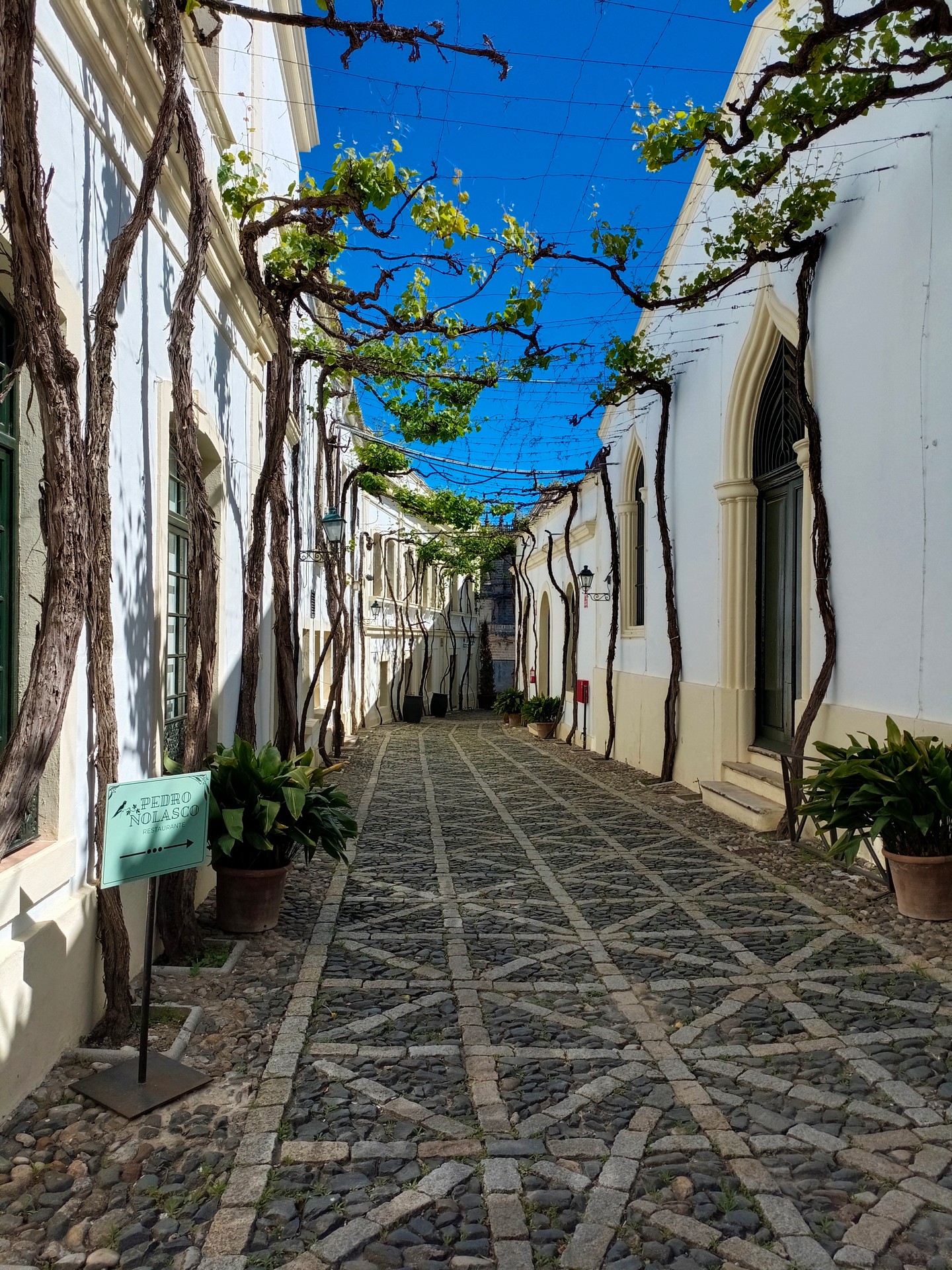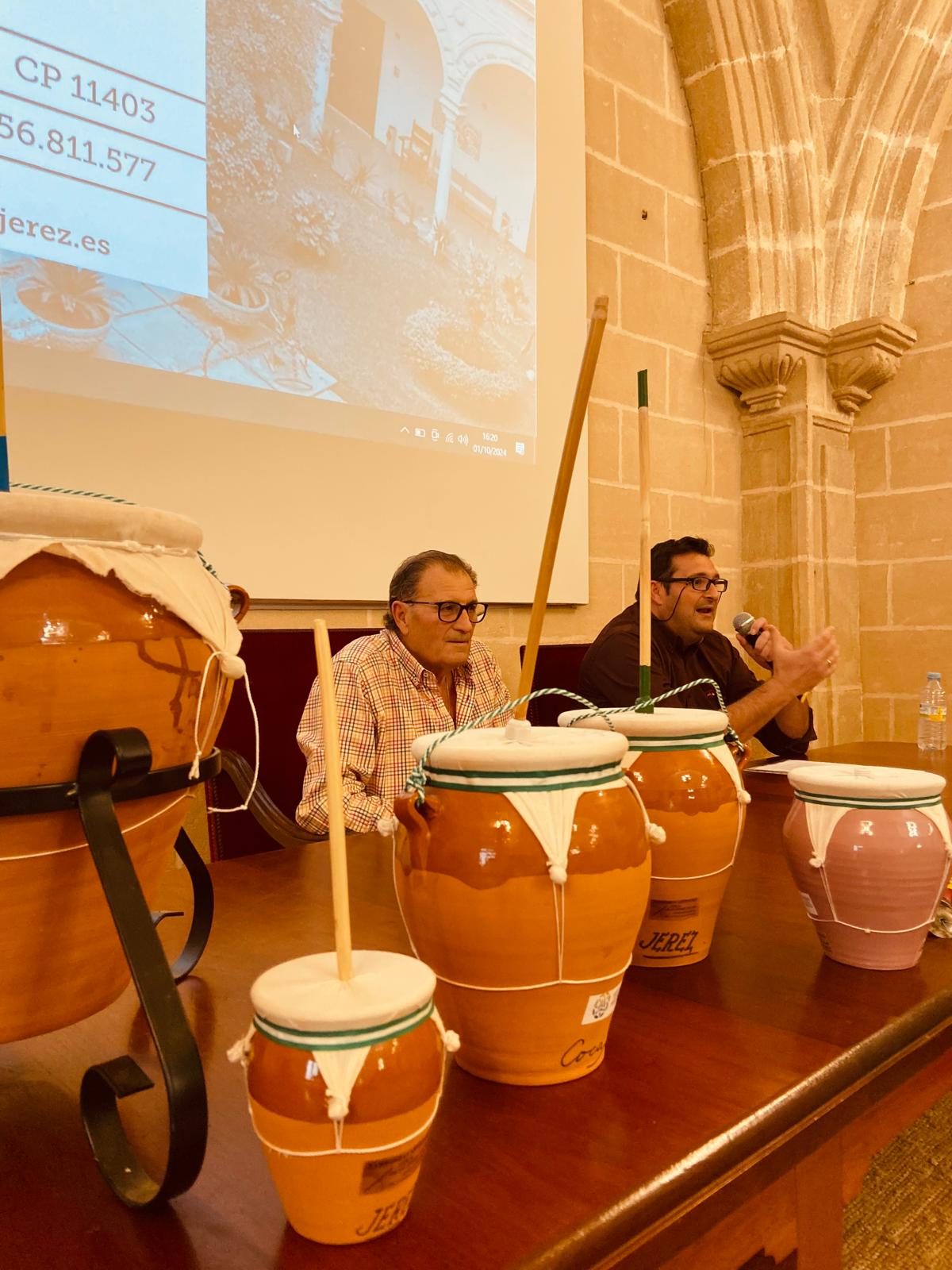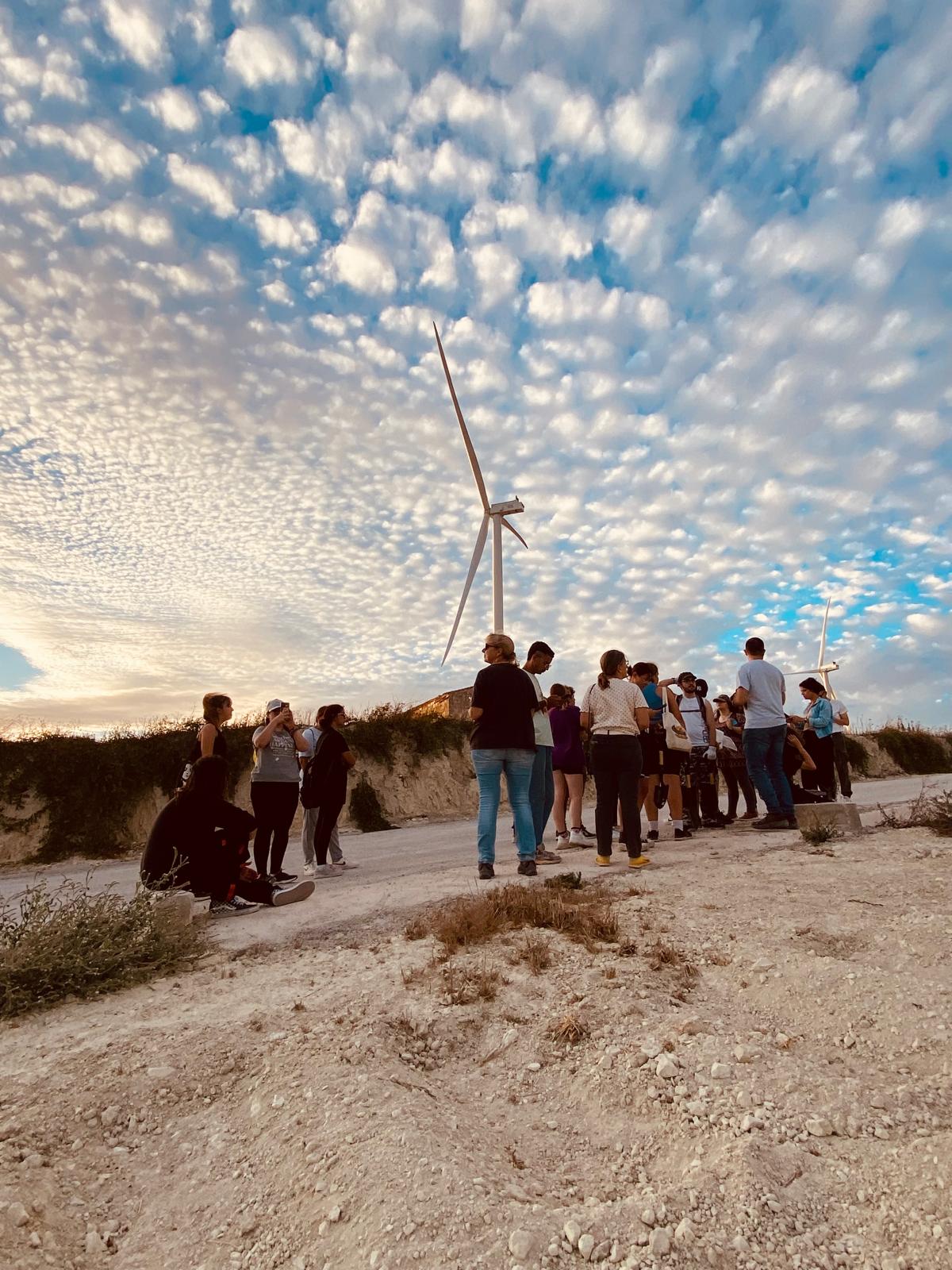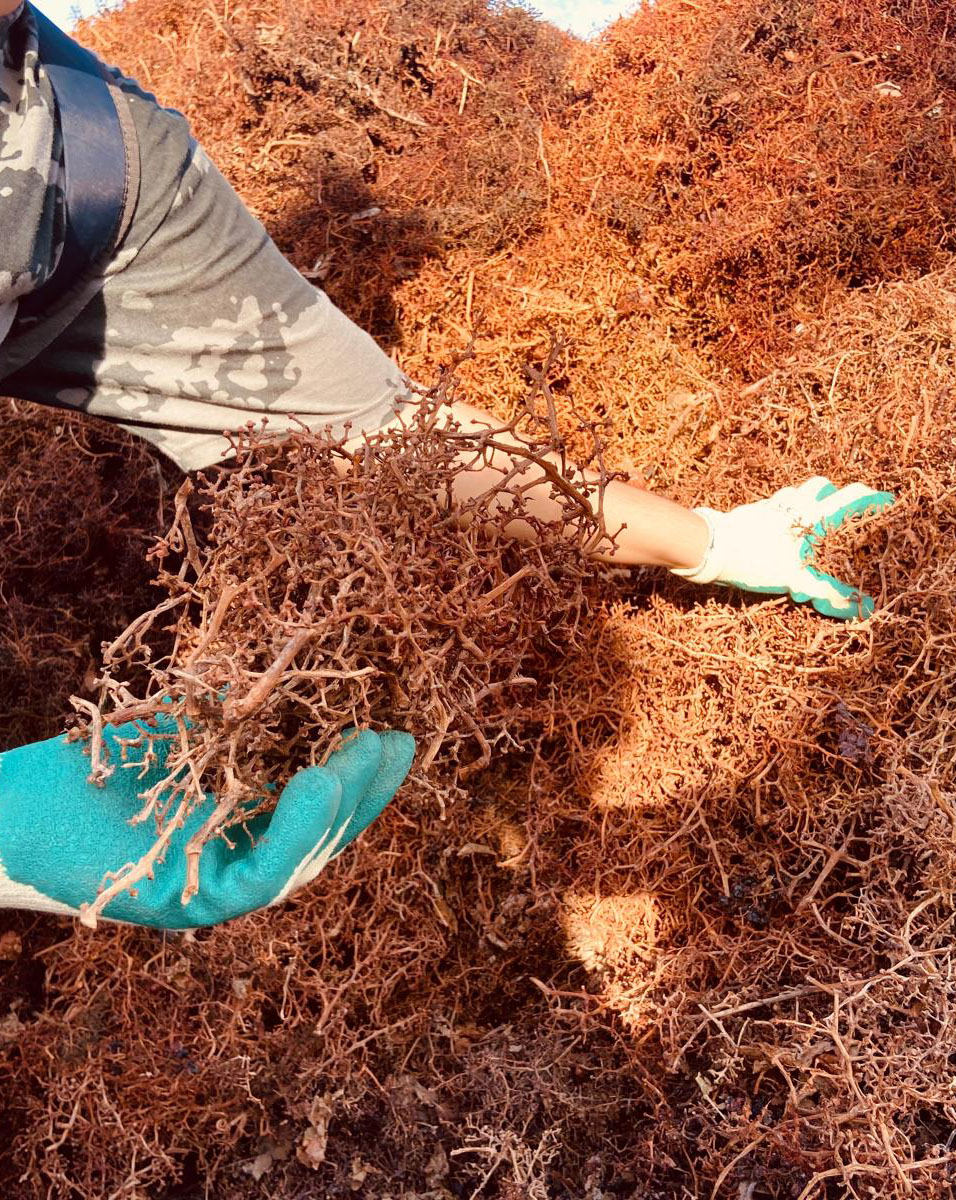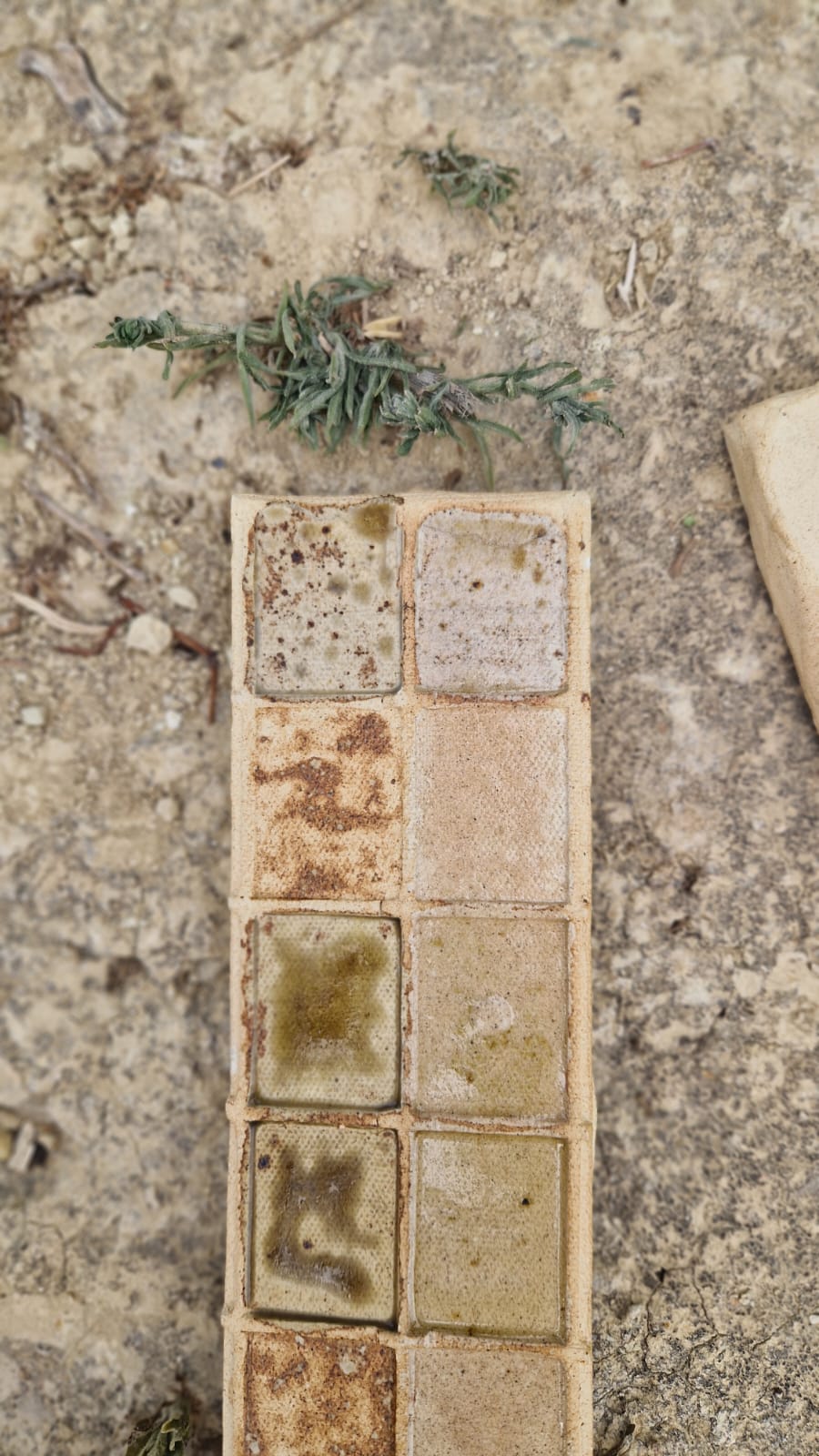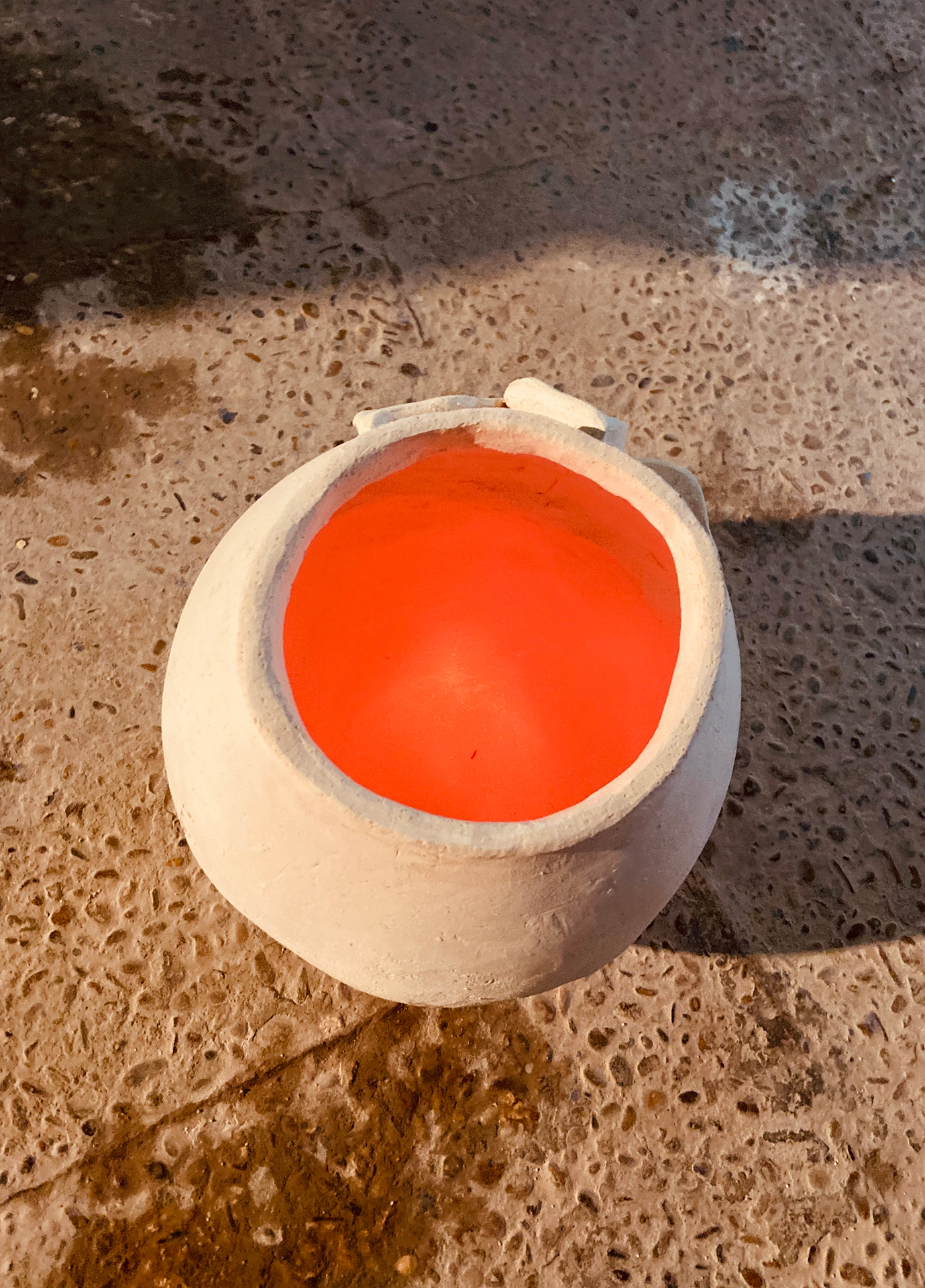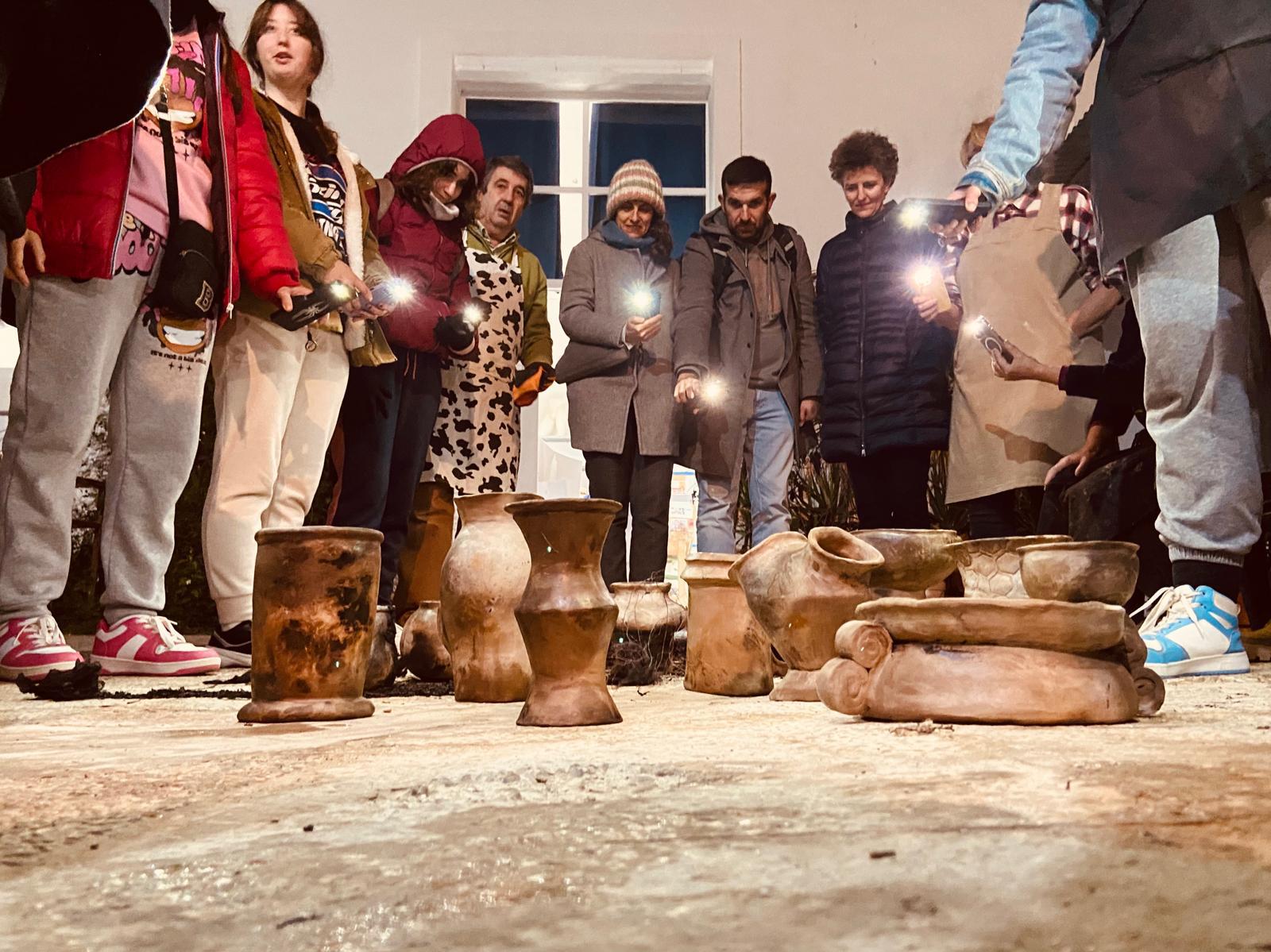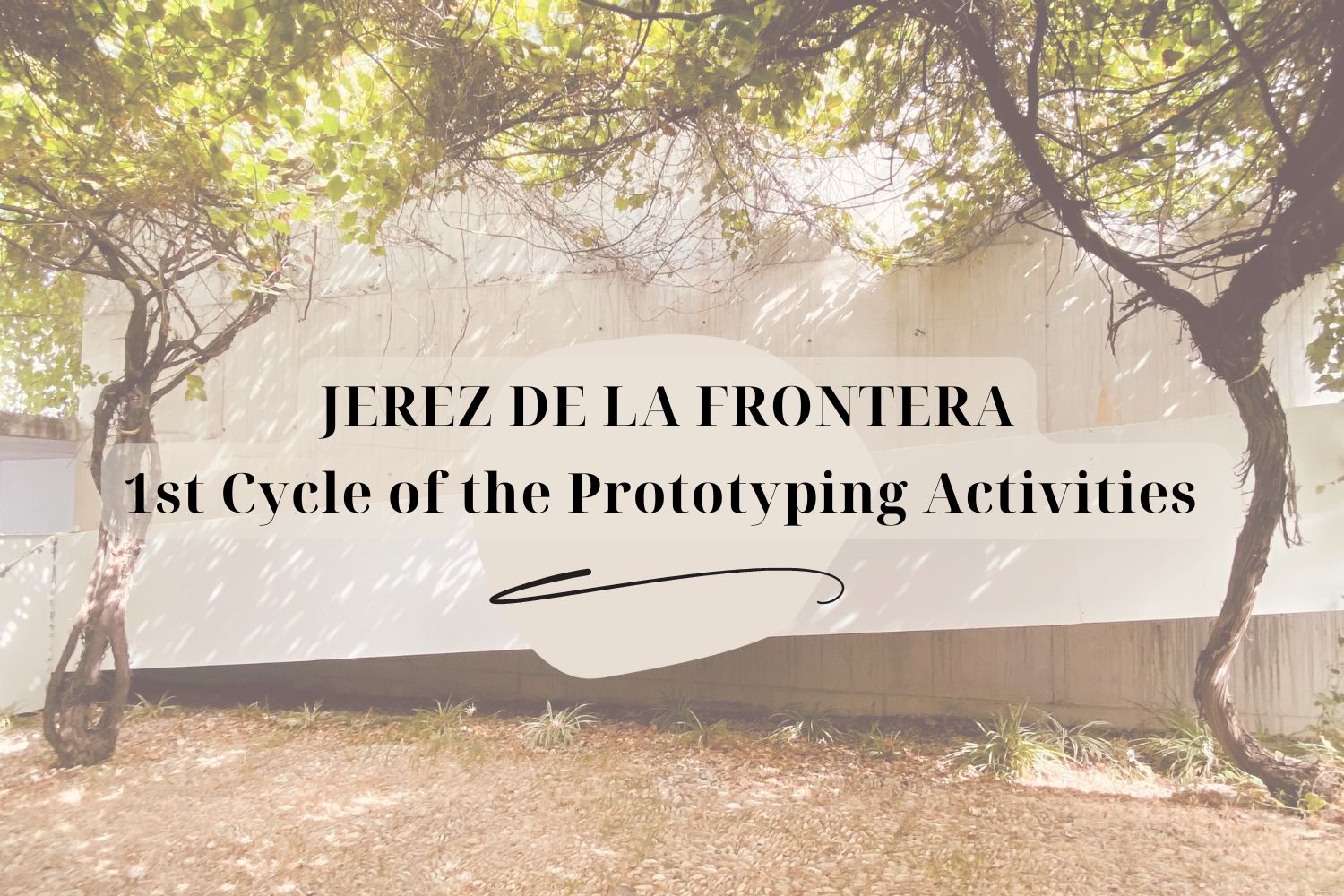Jerez de la Frontera (Cádiz, Spain) is an Andalusian city, rich in history and tradition. Known for its world-renowned wines, fine horses, fertile countryside, and a birthplace of flamenco art (UNESCO intangible cultural heritage). Despite being the land of ancient practices and arts, Jerez has a vast and diverse territory that keeps evolving.
In a context of climate change and energy transition, new elements like windmills and photovoltaic (PV) plants are now also proliferating, generating conflicts between land uses, economical activities and perceptions. What for ones is an evolution of the landscape, for others is the deterioration of a heritage promoted by external investments with a lack of local roots, what is sure is that there is an ongoing process of shaping Jerez’s new landscape.
The population of Jerez are still intricately linked to their rural landscapes, sometimes without being aware of it. Rural-urban interactions define Jerez’s society (and economy). A diverse society in which gypsies and “payos” (non-gypsies) learned to live together and to share joys and sorrows working in the “gañanía”: a rural activity made by day labourers working and spending the night in the rural farmhouses and sheds (from the Arabic gannám, shepherd). The musts (young wines) and the “ajo caliente” (traditional dish), wineries, a dense network of cattle trails, “romerías” and many of the expressions of flamenco are some examples of vestiges of a relationship between the countryside and the city that still prevail in the landscape and culture that Jerez treasures.
But it is not all memories. Throughout its history, Jerez has also been able to reinvent itself time and again, overcoming conflict through creativity. A clear example is the liveliness of the flamenco world itself, where tradition and innovation dance with each other. In a like manner, its landscapes, witnesses to its past and supporters of its present, are one of Jerez’s best assets for a sustainable future where tradition and modernity go hand in hand.
OUR CREATIVE AGENT
OUR CREATIVE AGENT
Estelle Jullian’s practice approaches different fields such as architecture, urban and rural territory, ecology, art and participation. She is interested in the development processes of inclusive tools that can be carried out in workshops, community projects and exhibitions, where space is understood from a social and cultural perspective. This interest in contemporary spatial practices, contemporary artistic practices and environmental issues also leads her to explore urban and rural space in a more experimental way.
Estelle Jullian’s practice approaches different fields such as architecture, urban and rural territory, ecology, art and participation. She is interested in the development processes of inclusive tools that can be carried out in workshops, community projects and exhibitions, where space is understood from a social and cultural perspective. This interest in contemporary spatial practices, contemporary artistic practices and environmental issues also leads her to explore urban and rural space in a more experimental way.
Learn more about
Estelle Jullian

Jerez Pilot News

Exploring Creativity and Heritage: A Week in Jerez de la Frontera for the first PALIMPSEST Residential Workshop
The PALIMPSEST Residential Workshop in Jerez de la Frontera recently concluded its first session, offering participants a rich tapestry of experiences, insights, and collaborative endeavours over the course [...]



